Back In the Day: Fishing
Department of Heritage
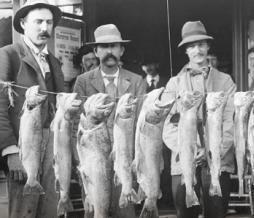
The feeling’s the same now even if the clothes and gear back then are different. We are “haunted by rivers”; water is are our lifeblood. People come from all over to recreate in Montana’s lakes, rivers, and streams. Streams furnish our hydroelectric power, irrigation channels, and municipal supplies. They’ve also inspired countless works of literature and art. As Norman MacLean said, “Eventually, all things become one and a river runs through it.”
Photo: Gallatin Historical Society
Man proudly showing off his rainbow trout — as true today as yesteryear. The rainbow is Montana’s number one game fish, the record being over 33 pounds. One hundred years ago the rivers and creeks of Montana were a lot clearer and cleaner. In past decades, dams, logging, and nonnative species have significantly muddied the waters and disturbed the delicate chemistry that the fish need. While Montana still is known for its spectacular fishing, protecting rivers is a constant battle.
Photo: Museum of the Rockies Archive
Photographed in Livingston around 1900, these men are showing off their catch of big fat trout. Since then rainbow trout introductions have caused a severe reduction to the native westslope cutthroat trout. Conservation measures, including fish-and-release practices, have been introduced since the take-all-you-can days. The Yellowstone River, plus smaller local streams, still make Livingston a fishing mecca.
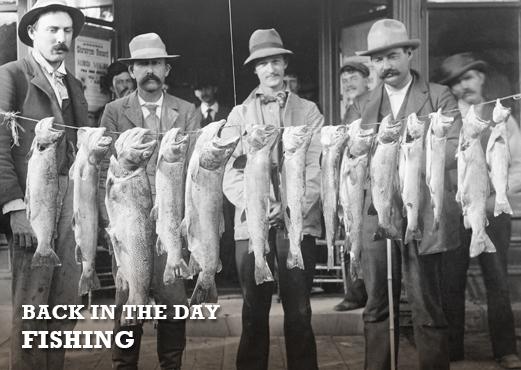
Photo: Gallatin Historical Society
Four friends fishing one of Montana’s blue-ribbon streams. In this photo taken around 1915 by one of the Schlechten brothers, we can see how different the attire is from today — certainly not waterproof but comfortable. Also different are the fishing poles and the big catch.
Photo: Museum of the Rockies Photo Archive
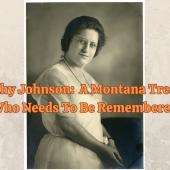


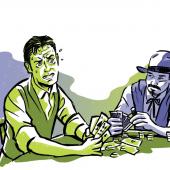
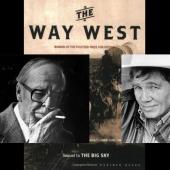







Leave a Comment Here